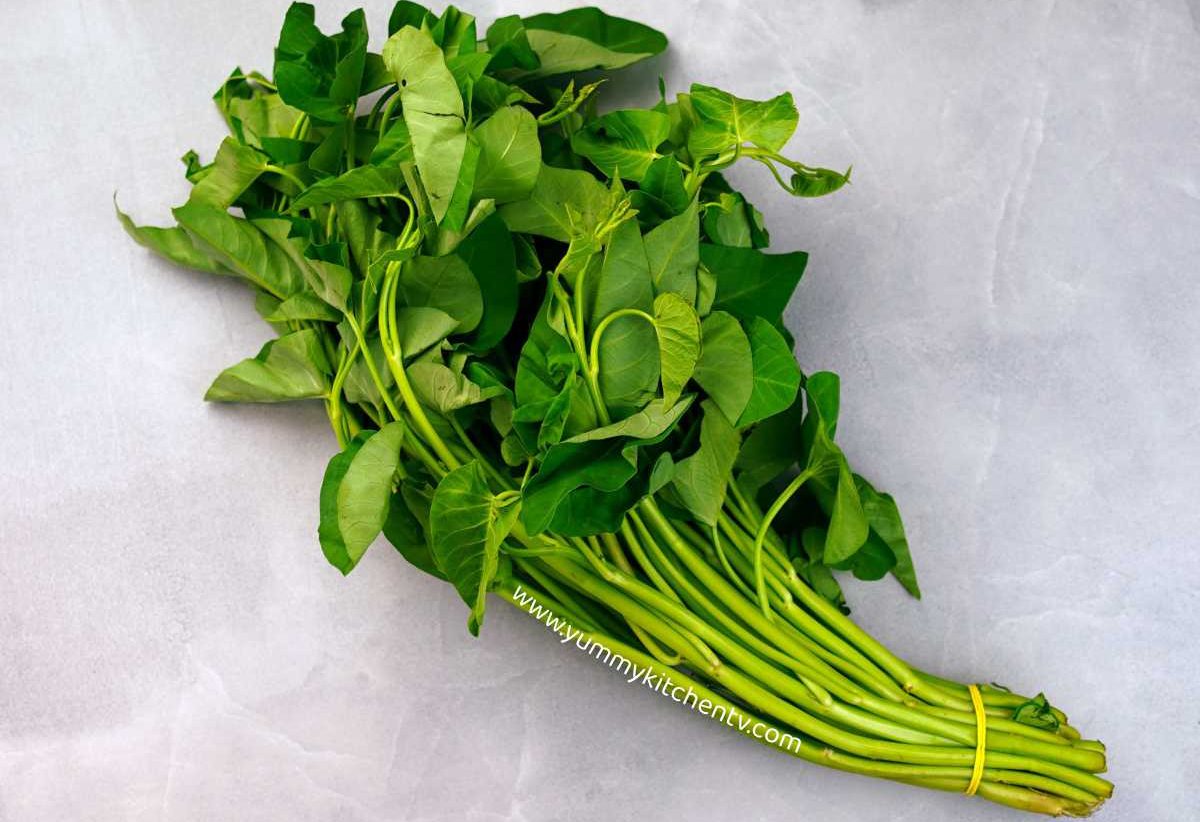Unlock the Nutritional Power of Kangkong: The Asian Vegetable You Need To Know
In the vast world of vegetables, there are some that stand out from the rest due to their unique flavors, textures, and health benefits. One such vegetable that has gained popularity in recent years is the kangkong, also known as water spinach or Chinese water spinach. Native to Asia, this leafy green vegetable has been a staple in many Asian cuisines for centuries, and its popularity is growing globally. In this article, we will delve into the world of kangkong, exploring its history, nutritional benefits, cooking methods, and ways to incorporate it into your diet.
Kangkong is a type of leafy green vegetable that belongs to the Celery family. It is native to Asia and has been cultivated for centuries in China, India, and other parts of the region. The name "kangkong" is derived from the Malay word "kang," which means "water spinach." Kangkong is a versatile vegetable that can be cooked in a variety of ways, including steaming, sautéing, and stir-frying. Its tender leaves and stems are rich in nutrients, making it a great addition to salads, soups, and stir-fries.
History and Cultural Significance of Kangkong
Kangkong has been an integral part of Asian cuisine for centuries, particularly in Chinese, Indian, and Southeast Asian cultures. In traditional Chinese medicine, kangkong is believed to have medicinal properties that can help lower blood pressure, improve digestion, and boost the immune system. In India, kangkong is considered a sacred vegetable and is often used in Hindu rituals to promote health and well-being.
Types of Kangkong
There are several types of kangkong, each with its unique characteristics and flavor profiles. Some of the most common types of kangkong include:
- Apium graveolens subsp. dupius (also known as water spinach or Chinese water spinach)
- Apium graveolens var. vulgare (also known as garden cress or water cress)
- Brassica juncea (also known as Indian spinach or red spinach)
Nutritional Benefits of Kangkong
Kangkong is a nutrient-rich vegetable that is low in calories and high in vitamins, minerals, and antioxidants. Some of the key nutritional benefits of kangkong include:
- Rich in Vitamins A, C, and K: Kangkong is an excellent source of vitamins A, C, and K, which are essential for maintaining healthy vision, immune function, and bone health.
- High in Iron and Calcium: Kangkong is a good source of iron and calcium, which are essential for maintaining healthy red blood cells and bone health.
- Rich in Antioxidants: Kangkong contains a range of antioxidants, including flavonoids and carotenoids, which can help protect against oxidative stress and inflammation.
- Low in Calories and High in Fiber: Kangkong is low in calories and high in fiber, making it a great addition to a weight loss diet.
Cooking Methods and Recipes
Kangkong is a versatile vegetable that can be cooked in a variety of ways, including steaming, sautéing, and stir-frying. Here are some popular cooking methods and recipes to try:
Steaming Kangkong
Steaming kangkong is a great way to preserve its nutrients and flavor. To steam kangkong, simply place it in a steamer basket and steam for 3-5 minutes, or until tender.
Sautéing Kangkong with Garlic
Sautéing kangkong with garlic is a great way to add flavor to your stir-fries. Simply heat some oil in a pan, add minced garlic and sauté for 1 minute, then add chopped kangkong and stir-fry for 2-3 minutes.
Stir-Frying Kangkong with Shrimp
Stir-frying kangkong with shrimp is a great way to add protein and flavor to your meals. Simply heat some oil in a pan, add chopped shrimp and stir-fry for 2-3 minutes, then add chopped kangkong and stir-fry for another 2-3 minutes.
Add Kangkong to Your Salads
Kangkong can be added to salads for a burst of nutrients and flavor. Simply chop the kangkong leaves and stems, and add to your favorite salad recipe.
Use Kangkong in Soups and Stews
Kangkong can be added to soups and stews for a nutritious and flavorful boost. Simply chop the kangkong leaves and stems, and add to your favorite soup or stew recipe.
Incorporating Kangkong into Your Diet
Kangkong is a versatile vegetable that can be incorporated into a variety of dishes, from salads and soups to stir-fries and curries. Here are some tips for incorporating kangkong into your diet:
- Add Kangkong to Your Salads: Kangkong can be added to salads for a burst of nutrients and flavor.
- Use Kangkong in Stir-Fries: Kangkong can be added to stir-fries for a nutritious and flavorful boost.
- Add Kangkong to Your Soups and Stews: Kangkong can be added to soups and stews for a nutritious and flavorful boost.
- Use Kangkong in Curries: Kangkong can be added to curries for a nutritious and flavorful boost.
Common Uses of Kangkong
Kangkong is a versatile vegetable that can be used in a variety of dishes. Here are some common uses of kangkong:
- Add to Salads: Kangkong can be added
How Old Iarlyhimkus
Jelly Beans
Chloandmatt Fans
Article Recommendations
- Aaron Hernandez Wife Net Worth 2024
- Patrick Fugit
- Did Piddy Passed Away
- Nichol Kessinger Now
- Skyes In Pc
- Stefan Fritzl
- Julesari
- Now Gg Robl
- Owen Wilsonead
- Isana Perino S Husband Ok
:max_bytes(150000):strip_icc()/kangkong-57bb83723df78c8763391472.jpg)
@p21474.jpg)

